I understood how belief states are updated in POMDP. But in Policy and Value function section, in http://en.wikipedia.org/wiki/Partially_observable_Markov_decision_process I could not figure out how to calculate value of V*(T(b,a,o)) for finding optimal value function V*(b). I have read a lot of resources on the internet but none explain how to calculate this clearly. Can some one provide me with a mathematically solved example with all the calculations or provide me with a mathematically clear explanation.
2 Answers
You should check out this tutorial on POMDPs:
http://cs.brown.edu/research/ai/pomdp/tutorial/index.html
It includes a section about Value Iteration, which can be used to find an optimal policy/value function.
- 28,410
- 9
- 72
- 124
-
The link proves good explanation of how value iteration works. But it does not give enough details on how the value is calculated. It assumes already a value is computed for a given action - observation and does not provide details on how we get that value in that belief state. – Bugs Bunny Oct 25 '14 at 22:06
I try to use the same notation in this answer as Wikipedia. First I repeat the Value Function as stated on Wikipedia:
V*(b) is the value function with the belief b as parameter. b contains the probability of all states s, which sum up to 1:
r(b,a) is the reward for belief b and action a which has to be calculated using the belief over each state given the original reward function R(s,a): the reward for being in state s and having done action a.
We can also write the function O in terms of states instead of belief b:
this is the probability of having observation o given a belief b and action a. Note that O and T are probability functions.
Finally the function τ(b,a,o) gives the new belief state b'=τ(b,a,o) given the previous belief b, action a and observation o. Per state we can calculate the new probability:
Now the new belief b' can be used to calculate iteratively: V(τ(b,a,o)).
The optimal value function can be approached by using for example Value Iteration which applies dynamic programming. Then the function is iteratively updated until the difference is smaller then a small value ε.
There is a lot more information on POMDPs, for example:
- Sebastian Thrun, Wolfram Burgard, and Dieter Fox. 2005. Probabilistic Robotics (Intelligent Robotics and Autonomous Agents). The MIT Press.
- A brief introduction to reinforcement learning
- A POMDP Tutorial
- Reinforcement Learning and Markov Decision Processes
- 6,140
- 9
- 38
- 54




